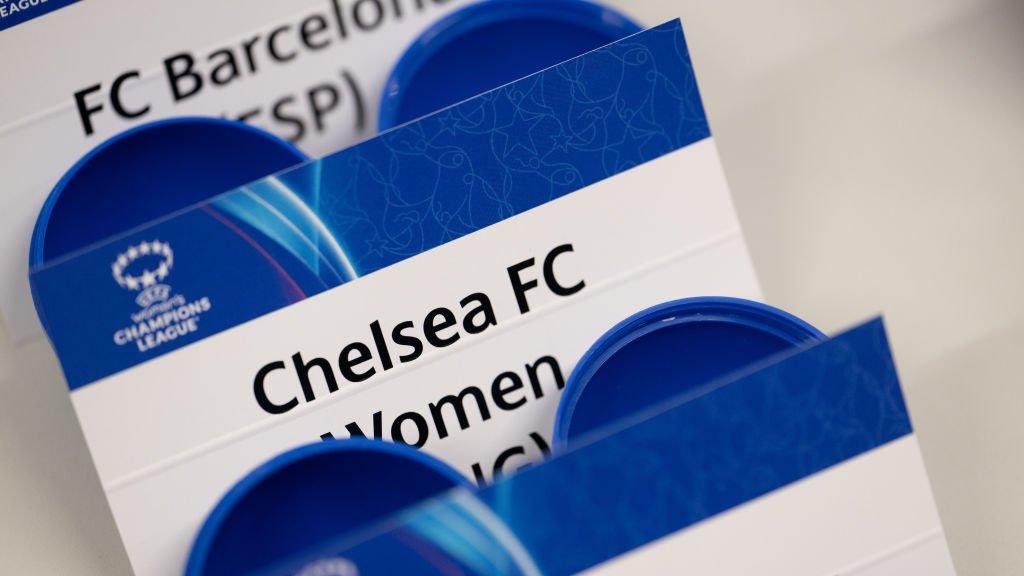Lioness effect: England women and girls' football teams double in seven years
- Published
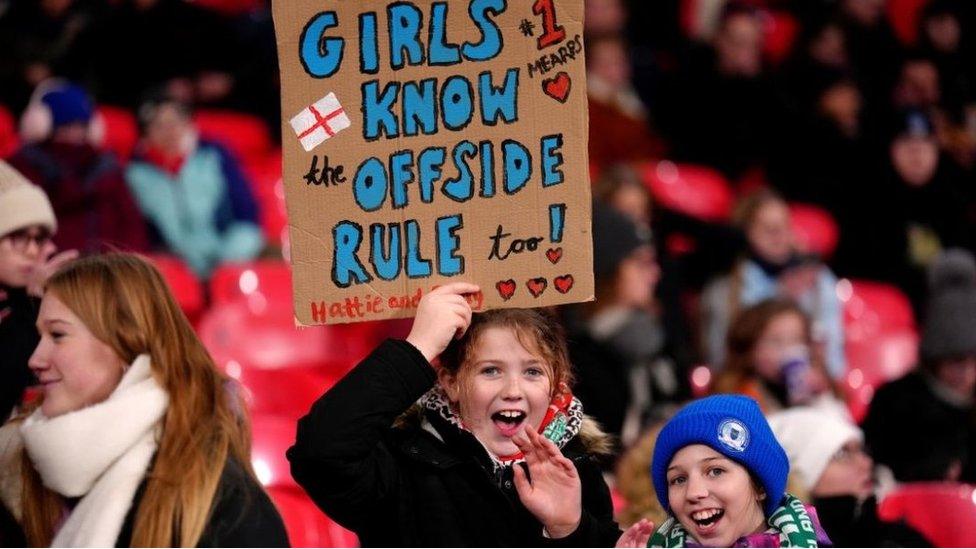
Toone said it was "nice now for girls to look up and have female role models"
There are now twice as many registered female football teams in England as there were seven years ago, BBC analysis has found.
The largest increase in the period was in 2022-23 - the season after the Lionesses won Euro 2022 - when almost 1,500 new teams registered.
Manchester United forward Ella Toone, who scored in that Euro final, told the BBC she was amazed by the rise.
The FA says it will continue working to make the game more accessible.
The player told the BBC she felt lucky to have had a girls' team on her doorstep while she was growing up.
As a child, she first played for Astley and Tyldesley FC girls' youth team before joining Manchester United's academy.
Last year the midfielder reached the Women's World Cup final with the Lionesses. At its peak, 14.4 million people watched the match, something she thinks had a big impact.

Ella Toone played when she was younger for Astley and Tyldesley FC, which she said she was lucky to have "right on her doorstep"
The year before, Toone scored the first goal against Germany in the final of the Euros, helping lead them to a 2-1 victory.
She said: "Growing up, there wasn't women's football on the telly - so I didn't have a female role model to look up to.
"Now you see the Lionesses are all over the telly - our WSL [Women's Super League] games are on the telly as well - and it's nice now for girls to look up and have female role models."
Keira Cross, 14, who plays for Morecambe Girls FC junior team, said the Lionesses were "very strong" and showed "girls can play football too".
She said she had been with the club "since I was very little - I think six".
"When I found out about the girls' football team, I just felt like it was more people like me, and I would be with people who would be doing the same thing as me," she said.
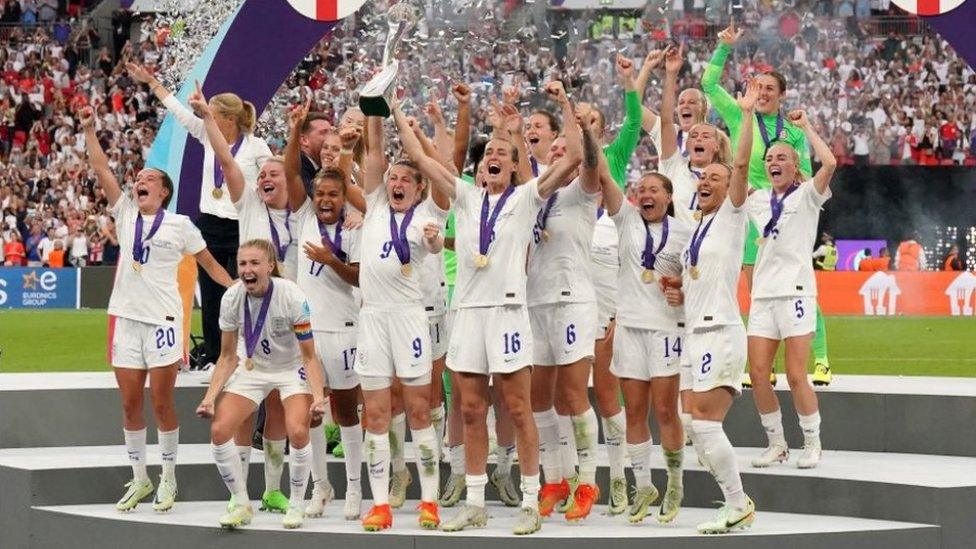
The biggest boost to female football team numbers came after the Lionesses won the Euro 2022 tournament
Team-mate Iris Benson, 15, said she also enjoys playing, adding: "You can make new friends and you are always welcome."
According to data provided by 31 county football associations in England and the Channel Islands, there are 12,150 women's and girl's teams registered - up from 5,632 in the 2016-17 season.
All county FAs which provided data saw an increase of some degree for all girls' football - at every age level between grassroots and professional - over the same period.
There are 15 county FAs which did not provide figures and some may have included inactive teams in their data, such as those that stopped playing halfway through a season.
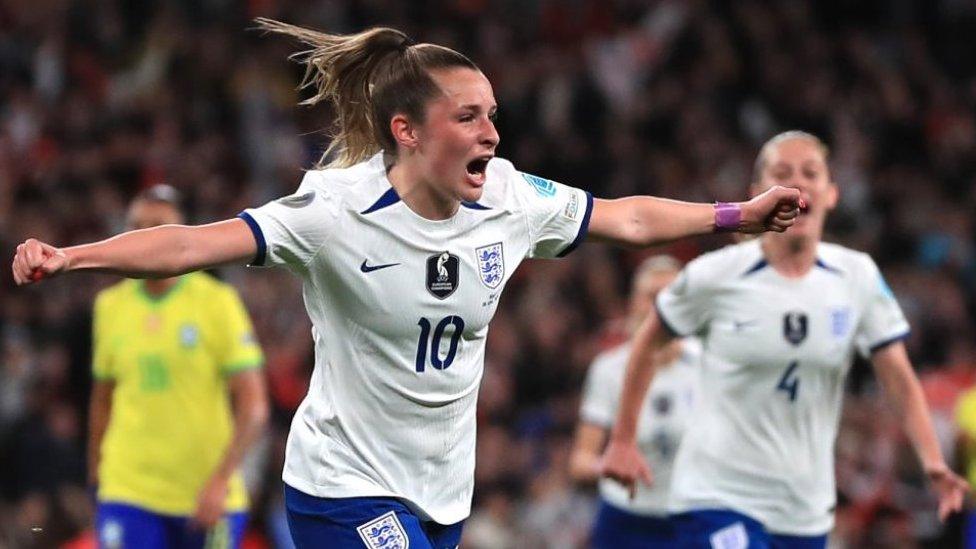
England midfielder Ella Toone said the rise in women's football was unbelievable
The biggest proportional rise was for Jersey FA, which has gone from seven women's and girls' teams in 2016-17 to 53 in 2023-24. They are followed by Surrey FA, which went from 177 to 552, and Sussex FA, which went from 162 to 489.
David Kennedy, Jersey FA's chief executive officer, said: "Like many county FAs we saw a decline in the number of adult female players around 10 years ago, and on a small island we recognised it would be difficult to replenish those numbers from within the adult population.
"As a result, we made a commitment to introduce a development programme that would build from the bottom up, and increase the number of young girls that would have the opportunity to take part in football."
He added they "now have girls teams playing against boys in the older age leagues, and also deliver a Player Development Centre for Jersey's better female players".
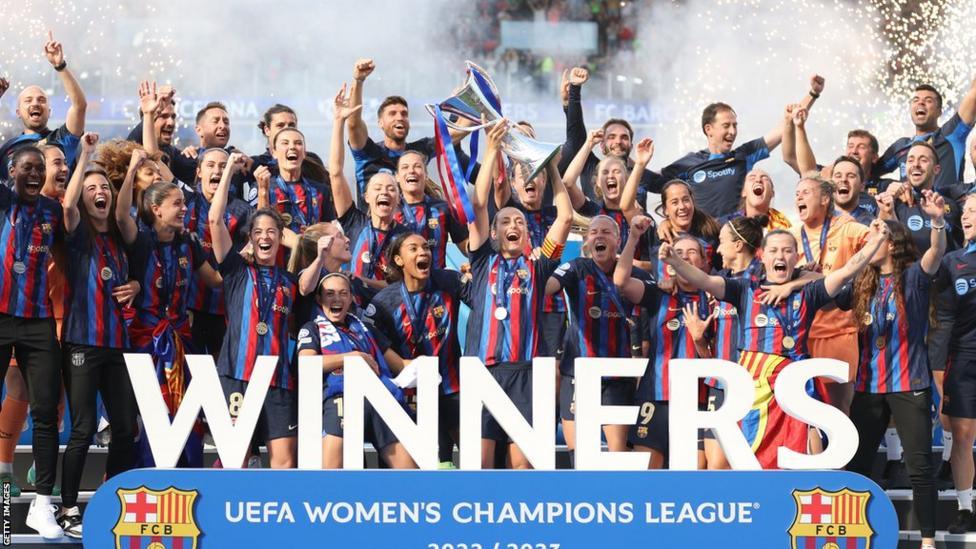
Barcelona, who won the Women's Champions League, also had the largest revenue of a women's club last season
Interest has risen sharply in women's football at the elite level. In January, analysis by Deloitte found the average revenues of the top 15 women's football clubs in Europe grew by 61% to £3.7m (€4.3m).
At £11.5m (€13.4m), Barcelona had the largest revenue, followed by £6.8m (€8m) at Manchester United.
Despite this rise in popularity for professional women's football, only a third of WSL clubs have female managers. Outgoing Cheslsea manager Emma Hayes recently told the BBC that a lack of female coaches in English football is "a massive issue" and urged the game to "come up with more creative ways" to address it.
Baroness Sue Campbell, the FA's director of women's football, said the growth "has been spearheaded by our trailblazing Lionesses whose success in the home Euros gave us an unprecedented chance to change the future of the game forever".
She added: "As we look ahead to the next seven years and beyond, the priority is to make the game accessible to all women and girls, so that no matter their background or circumstance, all can access the benefits of football and the opportunities it can bring."
- Attribution
- Published7 February 2024
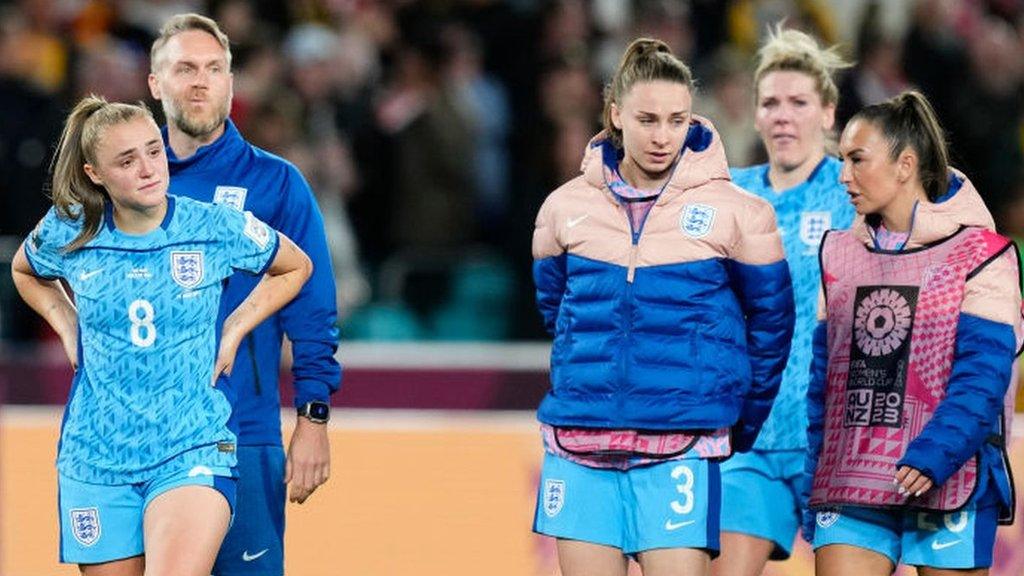
- Attribution
- Published31 January 2024
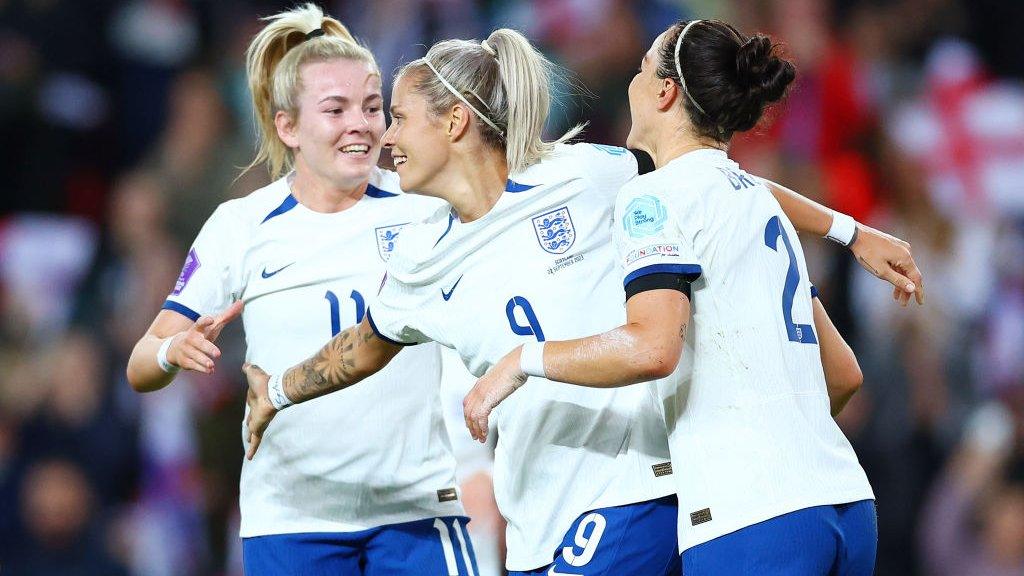
- Attribution
- Published5 February 2024
